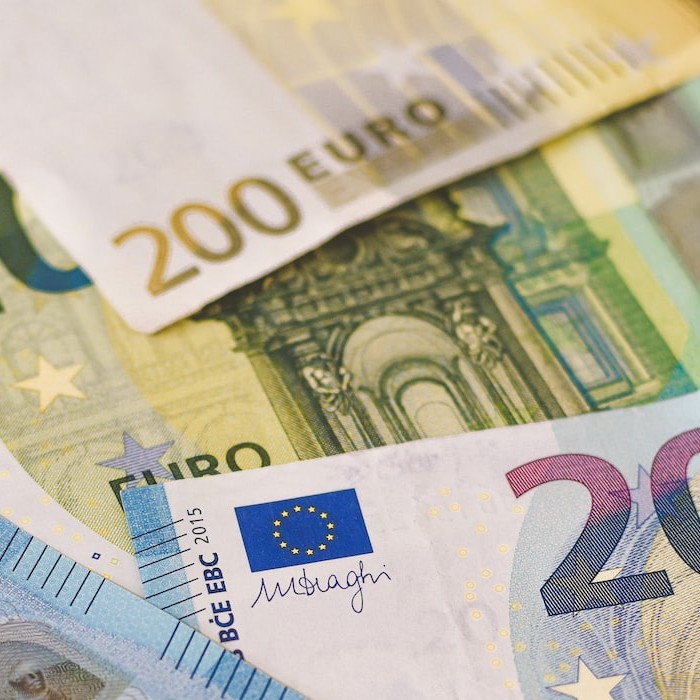Published:
The Eurozone is seeing a drop in inflation – this comes as a first in 17 months since the war in Ukraine set off record-high energy and food prices. Inflation has been increasing in months prior, even when the U.S. rate was stable for four months after July. With this increase in inflation throughout the bloc, the European Central Bank (ECB) increased its key interest rate "more sharply than at any time in its history."
We are now seeing energy and service prices stabilize, a leading factor in the dropping of inflation. The inflation rate in the Eurozone dropped to 10% in November contrary to predictions. With this surprise drop, economists are predicting that the European Central Bank will increase interest rates by 0.5 percentage points when its governing council meets on December 15. Economists are assuming two consecutive increases of 0.75 percentage points will follow. The ECB expects to continue raising rates to reach its 2% medium-term target for inflation rates. Economists are also saying that core inflation in the eurozone will remain above this target rate, implying that businesses in the bloc will choose to sell at higher wholesale prices.
There are hints that global inflationary pressures have reached their peak, given that wholesale energy and food costs have dropped significantly, causing a shift in consumer prices. Inflation is decreasing as a result of these lightened pressures. Energy price growth dropped from 41.5% in October to 34.9% in November. This drop is helping to balance the slight rise in food, alcohol, and tobacco inflation rates. Service inflation decreased to 4.2% in November as well. The high inflation in the bloc in the past few months has emphasized the severity of the cost-of-living crisis.
The upward pressure on prices is unlikely to subside. The ECB’s president, Christine Lagarde, said "we don’t see the components… that would lead me to believe that we have reached peak inflation." With that, economists predict that the core inflation rate is expected to peak around mid-2023, and finally fall slowly afterward.
Looking at individual countries in the bloc, price growth dropped in 14 out of 19 countries. Price growth increased in only three countries, and stayed the same in two others. The Netherlands saw the biggest drop in prices, seeing as that inflation fell from 16.8% to 11.2%. The lowest inflation rate, at 6.6%, can be found in Spain, while Latvia has the highest at 21.7%. Recent pay deals – like the one for metal and electrical workers in Germany – are below the rate of expected annual inflation this year. This increases fears of continuing high inflation rates. Europe’s labor market is also weakening, which is hurting workers’ bargaining power.
Inflation rates in each country in the bloc are being impacted by government measures put into place to protect households from rising energy prices. Some governments have placed caps on energy prices, which we see in the Netherlands, France, and Germany. These governments have allocated billions of euros to pay for these price caps to continue protecting households as best as they can.
The bloc is anticipating a recession this quarter, and energy consumption will increase in the winter months. This combined with high energy prices and interest payments will work to decrease the amount of household spending on other goods and services. Along with potentially increasing expenses, there are few signs that wages are rising. Households all over the world will be waiting to see how the volatile global economy will change in the coming months.
File under






